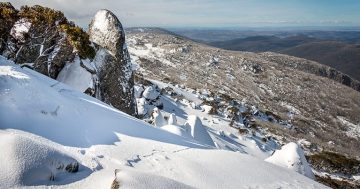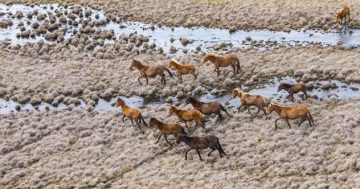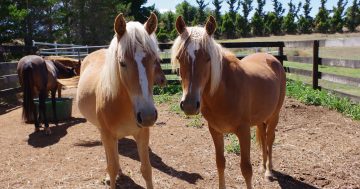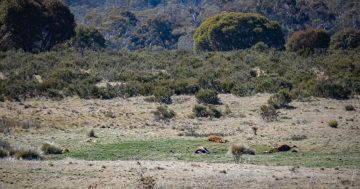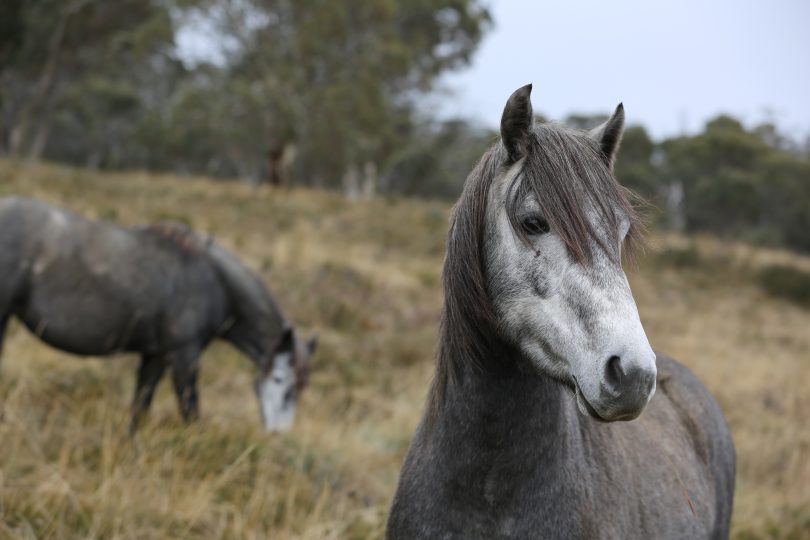
Feral horses or brumbies at Currango Plains in the Kosciuszko National Park. Their numbers are exploding. Photo: John Barilaro.
NSW says it will reduce the number of feral horses in Kosciuszko National Park after a new survey revealed an explosion in numbers that is alarming environmentalists and the ACT Government, concerned at the threat to habitat and the water catchment.
The 2019 Australian Alps feral horse aerial survey shows that feral horses have more than doubled in numbers over the past five years from 9180 to 25,318, an increase of 23 per cent a year.
Last year NSW stopped culling the horses after passing legislation recognising their cultural and heritage value, with local National Member for Monaro and Deputy Premier John Barilaro vocal in his support for the ‘brumby’.
While the ACT Government’s review of its feral horse management plan found it had effectively prevented the re-establishment of populations in Namadgi National Park, there are concerns about the ”sustained and increased threat” from horses in the northern end of Kosciuszko National Park bordering the Territory.
NSW Environment Minister Matt Kean offered some solace to the ACT, saying the NSW Government would take steps to reduce the number of horses in the Kosciuszko National Park ”in a humane way”.
He did not say what sort of program this might entail but the current legislation rules out lethal culling, which points to removal from the park or transfer within it.
Mr Kean said the survey estimated that there were about 19,000 horses in the Kosciuszko National Park, compared to about 6,000 in 2014. “These numbers are unacceptable and unsustainable for our natural environment,” he said.
ACT Environment Minister Mick Gentleman said feral horses did not recognise state boundaries and the scientific evidence was clear that heavy-hoofed pests such as feral horses were damaging the landscape.
“I recently toured impacted areas to survey the damage and eroded waterways these heavy-hoofed feral animals cause,” he said.
“I have raised and will continue to press this issue with my State and Federal Government colleagues. We need to conserve our water quality and protect critically endangered animals like the northern corroboree frog, which lives in the moist alpine bogs of the ACT high country.”
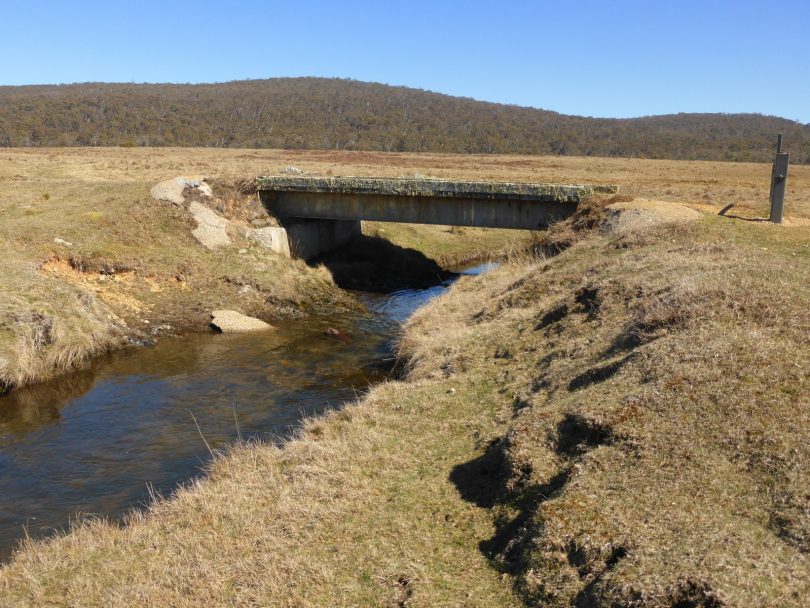
The degraded banks of the Murrumbidgee River are caused by feral horses. Photo: ACT Government.
Mr Gentleman said the integrity of the high-country areas was vital to preserve the quality of Canberra’s drinking water, and the water that flows from the Australian Alps, which contributes more than 30 per cent of inflows into the Murray-Darling system.
Feral horses that do cross into Namadgi are trapped, shot and removed but Mr Gentleman fears that if numbers keep growing the pressure on the ACT may eventually necessitate aerial culling.
National Parks Association of the ACT (NPA ACT) president Esther Gallant said feral horse numbers in the NSW and Victorian sections of the Australian Alps had multiplied unchecked to the point of destruction of crucial headwaters wetlands of the Murrumbidgee, Murray and Snowy rivers.
Two recent NPA ACT field trips into the region of Kosciuszko National Park west of the Brindabella Mountains and adjacent to Namadgi had confirmed the severity of the damage being caused by feral horses.
“The horses are trampling sensitive ecosystems, causing massive damage to native vegetation in many areas, especially to sphagnum moss, which plays an important role in maintaining water supply during dry periods by gradually releasing stored water,” she said.
Professor Gallant said the increasing numbers threatened to make implementation of ACT Government policy more difficult and costly for Canberrans.
“Deer and pigs are already damaging Namadgi National Park, although efforts to reduce the number of these ungulates – hard-hoofed animals — are underway. If we have another bushfire in Namadgi of the magnitude of the 2003 fires, there would be no possibility of recovery with large ungulates immediately devouring every bit of green regrowth.”
The review will contribute to an updated ACT feral horse management plan in 2020 that will incorporate the latest science and population numbers.
The current ACT plan is available from the Environment, Planning and Sustainable Development Directorate.
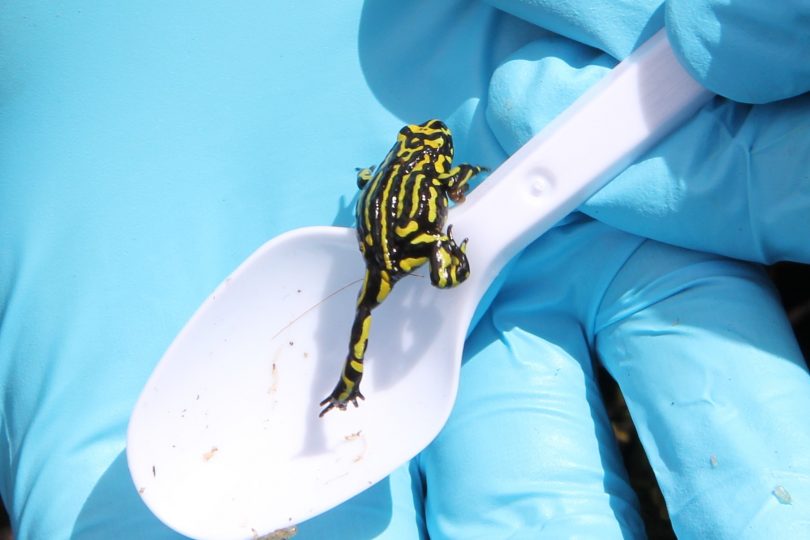
The critically endangered northern corroboree frog lives in the moist alpine bogs of the ACT high country.
Original Article published by Ian Bushnell on The RiotACT.







